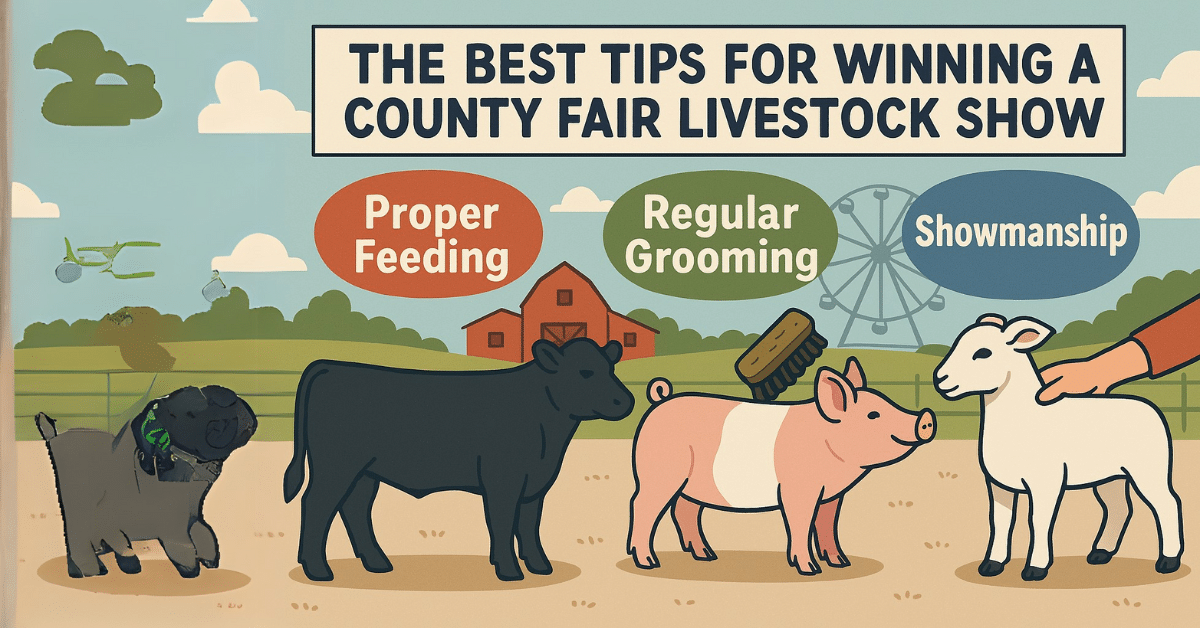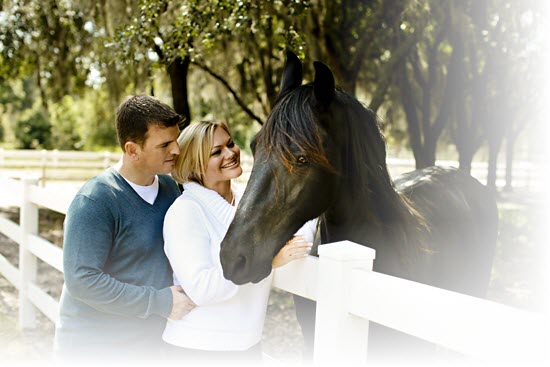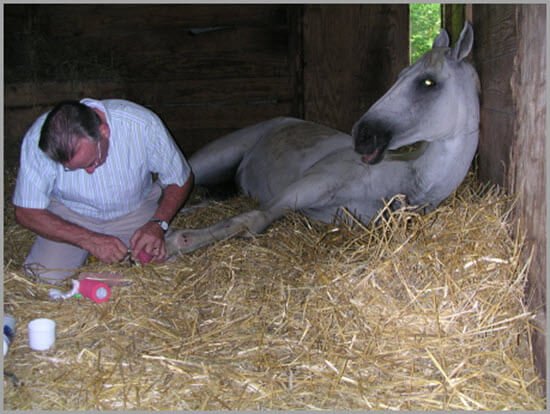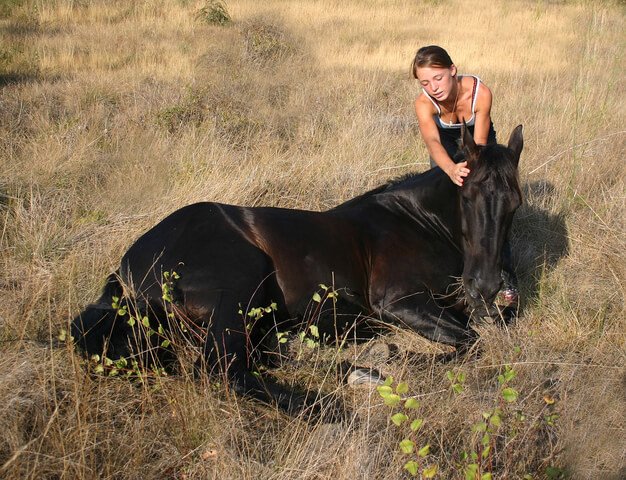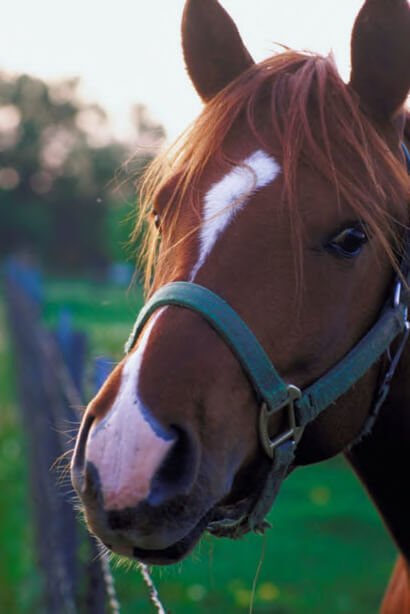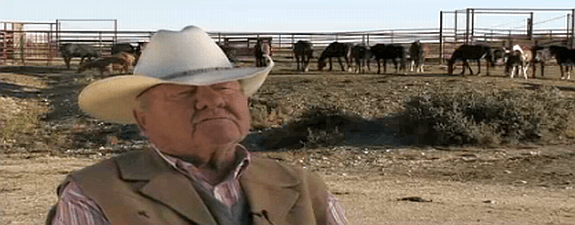The Ultimate County Fair Survival Guide
Few events capture the charm of summer quite like a county fair. From towering Ferris wheels and corn dogs to blue-ribbon animals and craft booths, county fairs offer something for everyone. County Fair Survival Guide: Tips for a Great Day But if you're not prepared, what should be a joyful day can quickly turn into sunburns, long lines, and aching feet. Whether it’s your first fair or your fifteenth, this guide covers everything you need to plan ahead, stay comfortable, and enjoy every minute of the experience. Planning Ahead for the County Fair Know the Dates and Location First things first mark the fair on your calendar. County fairs are typically annual events with varying dates, depending on your location. Visit the official fair website for the most accurate details, including location, ticket information, and entertainment schedules. Also, double-check parking options. Some fairs provide designated lots, while others rely on street parking or offsite shuttle services. If you're planning on public transportation, review routes ahead of time to avoid confusion when you arrive. Buy Tickets in Advance Lines at the gate can be long and slow, especially on weekends. Purchasing your tickets online will often save you both time and money. Early bird tickets or family bundles are common and can be found on most county fair websites. Some even offer free admission days for kids or seniors. Set a Budget Before You Go It’s easy to lose track of spending when you're caught up in the fun. Before stepping foot onto the fairgrounds, set a realistic budget. Factor in the cost of admission, food, rides, games, parking, and souvenirs. Carrying some cash is smart, as not all vendors accept cards or mobile payments. What to Pack for a Stress-Free Day When heading to the fair, you don’t want to lug around unnecessary items, but being underprepared can be just as frustrating. Stick with the essentials. Your fair day bag should include: Comfortable backpack or crossbody bag Reusable water bottle Sunscreen and sunglasses Portable phone charger Hand sanitizer or wet wipes Tissues or napkins Lip balm and basic first-aid (like Band-Aids) Hat or cap for sun protection Comfortable walking shoes (no new shoes!) Tip: Make a checklist the night before to avoid scrambling in the morning. Navigating the Grounds Like a Pro Use a Fair Map Most county fairs offer printable or digital maps. Download it to your phone or pick one up at the entrance. Mark key areas like restrooms, food courts, live entertainment stages, and [...]


